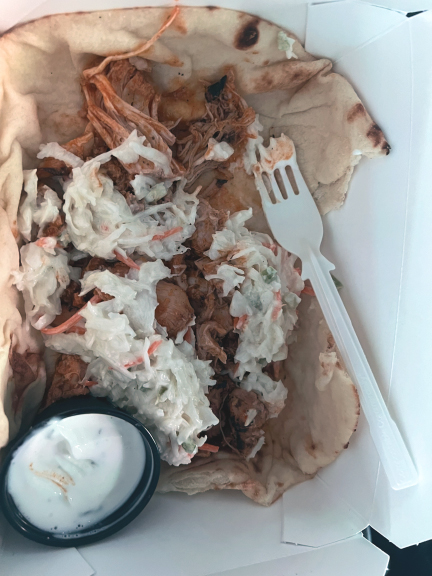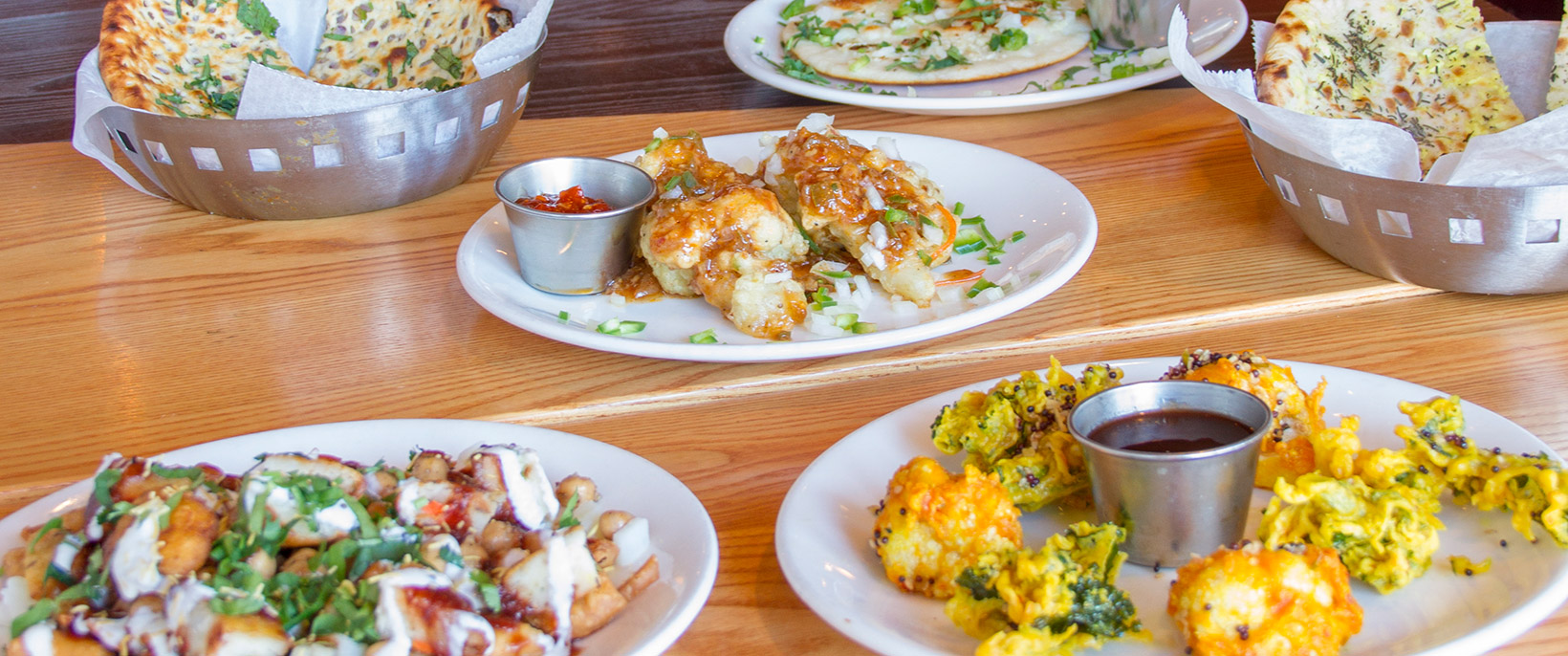Indian Restaurants

I currently live on Cape Cod, where there are few Indian restaurants spread far and wide. But much like the Boston area, where I spent 25 years involved with the design, and marketing of over 25 Indian Restaurants, the menus are strikingly similar. Now Italy, quite small comparitively, has restaurants all over this country touting one region or another. The North is different from the south is different from the east or the coast and all are represented in the menus of the restaurants in most cities, and certainly in Boston. But Indian menus? Tikka Masala, curry, Vindaloo (not the original version with pork), saag, korma, maybe a jalfrezi or do-piaza, Naan, Parathha, Biryani, some vegetarian like malai kofta or dal makhani, samosas and pakoras for apps, 4 desserts and ice cream, a mango lassi and a chai and we're done. Of course each restaurant does a few dishes that are different, but honestly, very few. Why? Why? Why?
Indian Restaurants still believe that there main clientele will be Indians and Pakistanis and especially those who came to America from the Punjab region. Initially, most of the restaurants were owned and operated by this group and to this day, that influence is pervasive. I have been there when Kashmir on Newbury Street in Boston (now closed) introduced South Indian Dosas and Uttapam which then appeared on many menus around the area. But I was also there when Bombay Bistro (also closed) tried to introduce a Hyderabadi menu and was forced to add so many of the dishes listed above that the Hyderabadi section was 4 dishes only. Plans for a truly regional menu were then scrapped. These were years ago, and although there has been some progress, it is certainly not enough.

I have been to Dosa in San Francisco, Junoon in NYC, Rasika in DC, among others and they are excellent. they expand the expectations of their diners and entice them to try new preparations featuring duck, pork, scallops,trout or snapper, and not just as another tikka masala or korma. With the Michelin star restaunts like Semma, and Rania, the menu can either dig deep into tradition or explore new avenues. Presentation goes a long way to ramp up anticipation. It can be done, done well, and done successfully. In the Boston area, this just doesn't happen. All restaurants, even those calling themselves by regional names, stick to the basics.
Curries are stews and for most Indian dishes, the color of the sauce varies only in the shade of red or brown. Presentation doesn't vary at all. Copper bowl with handles or without for rice and curry. Even when they are delicious, which is often, they become less exciting over the years because of famiiarity. The experience is family dinner, not modern, not adventurous.
A big part of the why is a lack of trained chefs. Indian restaurants hire kitchen personell based on availability and word of mouth. Training is all on the job, and advancement is unlikely, so motivation is minimal. Often there is no kitchen manager, just stations staffed by people who may not even speak the same language (many different South Asian languages and dialects). Some are run well, some not. Luck in hiring is the main factor.
Suggestions
These suggestions come from decades of dining and a real love for the cuisine.
- Don't limit the proteins. Pork, beef, rabbit, duck, shellfish, whitefish, all are abundantly available.
- A true farm to table experience would evoke the spirit of Indian cuisine properly. Grow or find fresh locally grown peppers, greens, and herbs or grow them yourselves.
- Presentation is an art that adds so much to the dining experience.Choose unique plates for different types of dishes. Make it a priority.
- One dish at a time, transform that experience. Describe each dish lovingly and accurately on the menu.
- Use a "Specials" menu to try out new dishes. Make them special, not just versions of dishes on your current menu.

Since the Tandoori Oven is the standard for cooking marinated meats in Indian cuisine, baking is the preferred method. Not by me. Sauté in a cast iron pan on high to sear the meat and seal in the juices. If you are adept, you'll get a nice char to add that mokey flavor. Don't cook completely because it will finish in the sauce.
The sauce is your own, but the spicing should mimic your marinade. Onions, no onions, puréed tomatoes, tomato paste, heavy cream or just a touch of cream with cashews, peppery heat or mild. Isn't it wonderful to have choices?
Somewhere around 1992 I promoted a restaurant with a cooking demonstration at Bloomingdale's. There was a fair crowd and the chef (cook, really) used a wooden spoon to add the spices and adjust them during the cooking. Three people argued with me to provide precise measurements. I couldn't. I had to explain that each cook is seasoning to taste, his taste, probably his approximation of his mother's taste. So, have fun with creating your own spice blends for classic and even creative new dishes.


2 Comments
Jordan Singer
2d2 replies
Santiago Roberts
4d